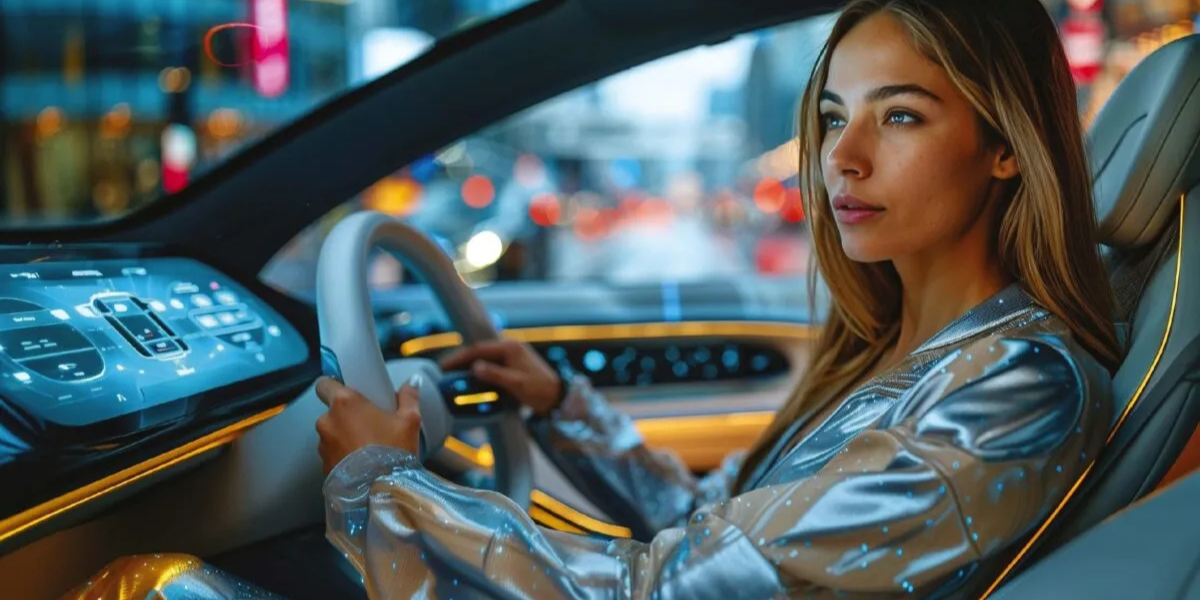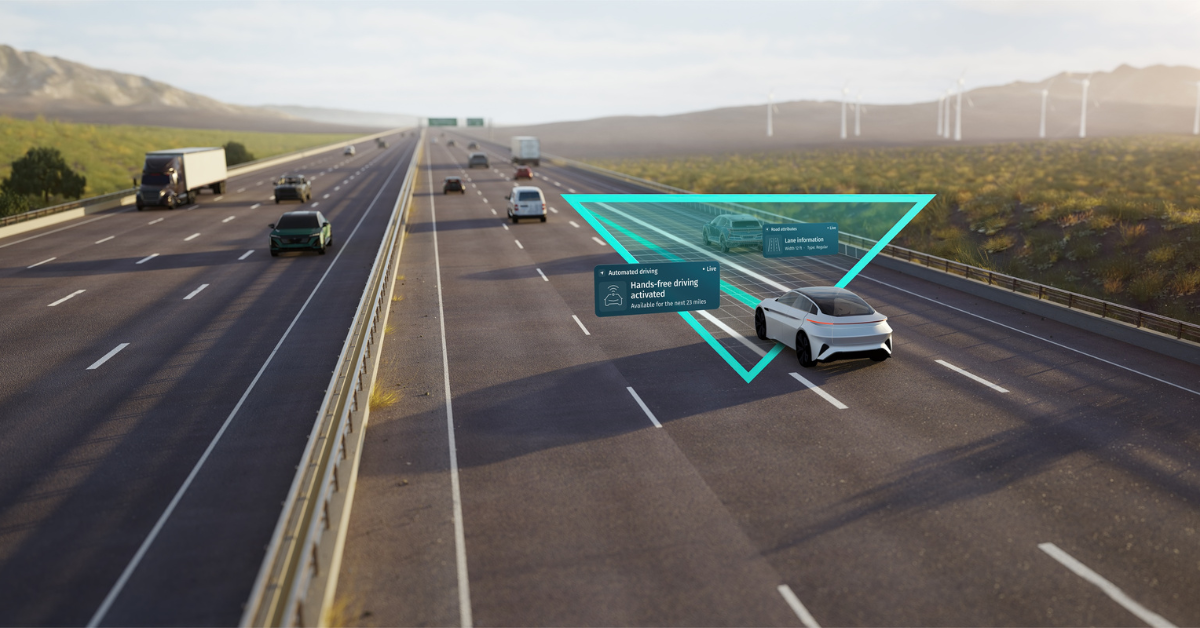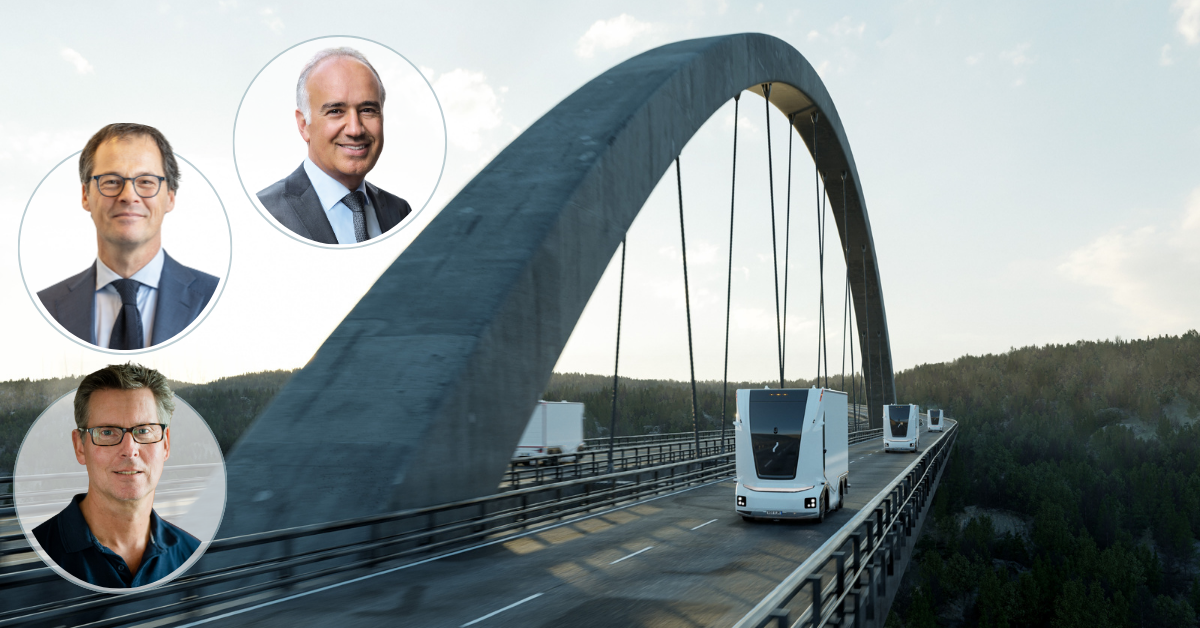Autonomous vehicle technology could do with assistance from bicycles
Your man in Amsterdam, enjoying the good weather, was cycling to the office one minute, then the next, lying on the ground...
A Volvo XC70 had hit me from the side and, in the blink of an eye, my bike and I had parted ways and I’d taken a terrific bump to the back of the head. My helmet – thank God I was wearing it – had been crushed into several pieces.
Other than that, and the damage to my bike and clothing, I came away pretty much unharmed.
The driver of the car, however, was in shock, because, as he admitted, he hadn’t seen me at all. Did I do something wrong? Did I, or did I not, obey the traffic rules? What about the safety situation on the road? Had I been hidden from view behind a hedge, for instance? Given my line of work, a lot of questions immediately popped into my mind, but I saved them for later.
At the office the following week, I was considering the future of Intertraffic and how the next decade will be all about autonomous driving. Thinking about my earlier mishap, this made we wonder what might have happened if my bike had told the driver that I was approaching. Reading around the subject, I found an interesting article by Margaret J Kraus on www.npr.org, titled Bikes May Have To Talk To Self-Driving Cars For Safety’s Sake.
The article cited an experiment by Anthony Rowe, an associate professor at Carnegie Mellon University in Pittsburgh, who wants bikes to feed information to nearby cars to avoid collisions, and wanted to know how much information a car needs from a cyclist to trigger
an automatic braking system.
Rowe achieved this by pedaling up and down a busy street in Pittsburgh’s university district on a bike loaded with gear: with the antenna of a GPS unit extended above his head in a long plastic tube, a lidar laser range finder measured the precise position of everything around the bike, four inertial measurement units captured motion, a computer collected all that information, the water bottle contained a battery and every other spoke carried a speedometer.
“I would not be happy if I had to ride this every day,” says Rowe. “But hopefully when all of this stuff just gets embedded in a cell phone on the front, then it should be no problem.”
Rowe thinks self-driving cars will be much safer for cyclists and pedestrians. But while humans remain the primary pilots, he believes a little help from bikes could compensate for their weaknesses.
I agree with Rowe – the next decade will be very interesting. In my opinion, OEMs, suppliers, telecoms providers, ICT and big data will fully integrate with each other to make autonomous driving happen. It will only be a success if it causes fewer road casualties and that means that good communication between cars and everything else will be vital.
In the meantime, by the time of writing this column, during my summer holidays in Normandy, France, I had bought a new bike. And this one, made of carbon fiber, I hope not to crush.
Hopefully, then, I won’t have to wait too long for these developments. I promise to keep a close eye on innovations and report on them as they happen.
Share your story
Do you have an innovation, research results or an other interesting topic you would like to share with the professionals in the infrastructure, traffic management, safety, smart mobility and parking industry? The Intertraffic website and social media channels are a great platform to showcase your stories!
Please contact our Sr Brand Marketing Manager Carola Jansen-Young.
Are you an Intertraffic exhibitor?
Make sure you add your latest press releases to your Company Profile in the Exhibitor Portal for free exposure.
Get up to speed on the mobility industry - our newsletter straight to your inbox!



